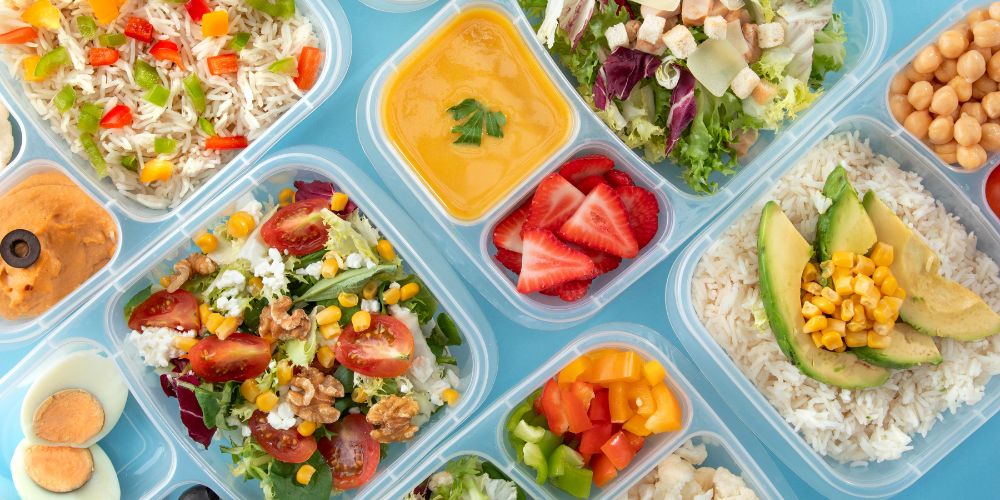
The plastic container industry is a dynamic and rapidly growing sector, with a global market size valued at USD 85.5 billion in 2018 and projected to reach USD 160.10 billion by 2030. This growth is driven by the versatility of plastic containers, which are easy to handle, lightweight, and offer a cost-effective solution for packaging needs. Major companies like L’Oréal, Unilever, and PepsiCo are increasingly turning to plastic packaging for its lower production costs and innovative design capabilities.
Understanding the processes of plastic container manufacturers is crucial due to the industry\'s significant impact on the economy and our daily lives. The manufacturing process involves transforming raw materials into finished products, which requires expertise to ensure quality and efficiency. It\'s essential to comprehend the types of plastics used, the production techniques, and the environmental implications of plastic production and disposal. This knowledge helps in making informed decisions about the use of plastics and contributes to the development of sustainable practices within the industry.
By grasping the intricacies of manufacturing processes, stakeholders can better assess the quality, safety, and sustainability of plastic containers. This understanding is also vital for ensuring compliance with industry regulations and for choosing the right manufacturing partners who align with one\'s business objectives and environmental values.
This introduction sets the stage for a deeper dive into the world of plastic container manufacturing, highlighting the importance of informed decision-making in the selection and use of these ubiquitous products.
In plastic container manufacturing, raw materials like polyethylene terephthalate (PET) and high-density polyethylene (HDPE) are first procured. The process typically starts with polymerization, where monomers are chemically bonded to form polymers. Next, these polymers are melted and molded into the desired shapes through processes like injection molding or blow molding. Throughout production, quality control is paramount, involving statistical process control, visual inspections, and mechanical testing to ensure product integrity.
The production of rectangle plastic boxes begins with various raw materials, primarily derived from petrochemicals. The most common materials include:
These materials are selected based on the desired properties of the final product, such as durability, flexibility, and resistance to chemicals and temperatures.
The manufacturing process typically involves several key steps:
This process can vary slightly depending on the type of plastic and the specific requirements of the container being produced.
Quality control is an integral part of the manufacturing process to ensure that the final products meet the required standards. Key quality control measures include:
These measures help in identifying any defects early in the production process, thereby reducing waste and ensuring that the products are safe and reliable for consumer use.
Plastic containers come in various types, each suited for different uses and made from different materials. Here are some common ones:
Each type of plastic material has its own set of advantages and disadvantages:
Remember to emphasize the importance of responsible manufacturing and disposal practices to mitigate the environmental impact of round plastic food container.
The plastic container manufacturing industry is subject to a variety of regulations aimed at reducing environmental impact and ensuring product safety. For instance, the Plastic Waste Management Amendment Rules, 2021 in India prohibit certain single-use plastic items and increase the thickness requirements for plastic carry bags to reduce littering. In the United States, regulations may include standards for environmentally acceptable packaging, minimum recycled content, and restrictions on certain substances in packaging.
Manufacturers ensure compliance with health and safety standards through several key steps:
These measures help manufacturers navigate the complex regulatory landscape and maintain high standards of production and safety.
Sustainability efforts in the hinged plastic container manufacturing industry are focused on reducing the environmental impact of plastic waste. This involves several key areas:
The challenges of plastic waste are significant. Global production and consumption of plastic have increased dramatically, with a large portion being single-use packaging. Less than 20% of plastics are recycled globally, leading to increasing amounts of mismanaged plastic waste. This waste pollutes natural systems, including rivers and oceans, and contributes to greenhouse gas emissions throughout its lifecycle.
Innovations in this area include the development of packaging that’s recyclable, reusable, and made from rapidly renewable resources or materials. Advances in biodegradable polymers are also notable, as they can degrade into harmless products without impacting the environment. Startups around the world are developing solutions like biopolymer packaging and macroalgae-based packaging.
Manufacturers play a crucial role in promoting sustainability by embracing practices that reduce their environmental footprint. This includes using renewable energy, optimizing the use of renewable and recycled materials, and manufacturing using clean technologies. They are also positioned to influence the entire value chain, from sourcing to end-of-life product management, to be more sustainable.
These efforts are not only environmentally responsible but also align with consumer demand for sustainable products, which can offer a competitive advantage in the marketplace.
When choosing the right plastic container manufacturer for your needs, there are several factors to consider to ensure you make an informed decision:
By carefully considering these factors, you can select a food packing container manufacturer that meets your specific requirements and upholds high standards of quality and service. Remember, the right partnership can significantly impact the success of your product in the market.
The key points to remember about plastic container manufacturers are their commitment to sustainability, innovation in material use, and adaptation to market demands. The industry has seen a shift towards eco-friendly practices, with many companies investing in biodegradable materials and recycling programs. Technological advancements have also allowed for more durable and versatile products.
Looking ahead, the future of plastic container manufacturing is poised to be influenced by environmental regulations, consumer preferences for sustainable products, and ongoing technological developments. Manufacturers that prioritize eco-efficiency and innovation are likely to thrive, contributing to a more sustainable global economy. The industry is expected to continue evolving, with a strong focus on reducing the environmental impact of plastic containers while meeting the needs of a growing population.